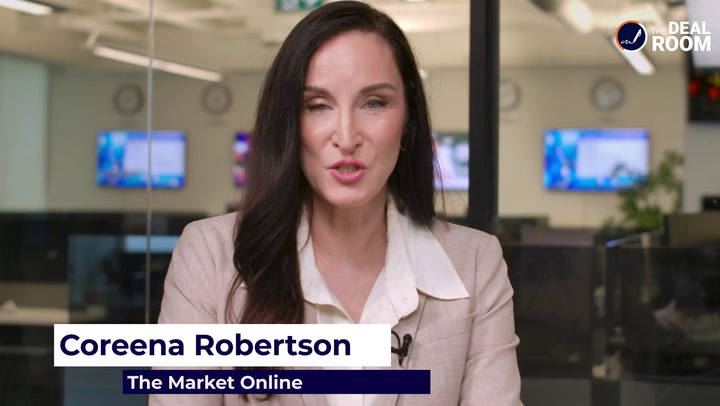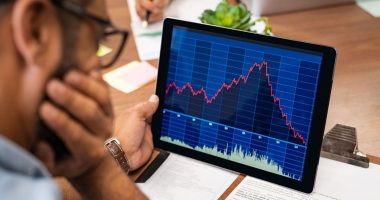Green River Gold is a Canadian mineral exploration company who acknowledges how EVs are driving the need for battery metals.
Most recently, big things have been happening at its Quesnel Nickel Project in the Cariboo Mining District in South-Central British Columbia. In addition to this 100 per cent owned project, the company is also getting into some work at its Kymar Silver project.
TMH: As just mentioned, Green River Gold has the Quesnel Nickel Project, the Kymar Silver project, and the Fontaine Gold project. Can you briefly summarize each before we dive into more specific questions?
PL: We started off originally looking for just gold. We were at the Fontaine Gold Project, and we’ve increased our land position as we’ve gone along. We have about 200 square kilometers of land and it is basically in between two gold mines. You’ve got Omineca, as a little unique underground alluvial gold mine to our west, and to our east we have our huge neighbor, Osisko, who bought the old Barkerville Gold Mines project one month after we staked our ground. Good luck for us on that one. They are building their Cariboo Gold Project there right now. There’s a mine being built to our east and there’s a little mine going into production to our west. It’s an interesting property, 200 square kilometers and it’s also on trend with a bunch of other mines to the south and east.
Karus Gold is exploring to the south of us. Spanish Mountain Gold is working down there. Imperial Metals has property down there. The area is chockablock full of mining properties. Why we originally went out there, is for the Fontaine Gold Project, right next to Cariboo Gold. When we staked it, we found there was one area that was prone to nickel, so we now have the Quesnel Nickel Project, which actually shares the same ground, and we have a 14-kilometer-long streak of nickel running right at surface, which has become our primary focus in the short term and that’s on the same ground. It’s on the same 200 square kilometers.
The other property that is fairly large is our Kymar Silver Project. Now Kymar Silver is the only one we can’t drive to easily. We have a big shop in Quesnel, BC and most of our properties are 45 minutes away from our shop which makes exploration very easy to coordinate. Kymar Silver is a little ways away. It’s about four hours from Calgary, in southeast BC around Invermere, and it’s a 16 square kilometer property with a bunch of old artisanal mines on it, and some high-grade results reported from those mines. We are just starting to do some exploration down there now, and that’s an exciting one as well.
TMH: Most recently the company received preliminary results on its Quesnel Nickel project, with findings of high grade gold, zinc, cobalt, and lead XRF readings. Were you at all surprised by what was found?
PL: We were hopeful we’d find something like this on the property. Just a bit of background on it. We have drilled 43 holes now. We’re working on number 44. They’re on this 14-kilometer-long magnetic anomaly that we call Deep Purple and every one of the holes, as soon as we enter the bedrock, we hit nickel, cobalt, chromium, and magnesium and in one area, a whole bunch of talc as well, which is another story altogether. We won’t get into that, or we’ll be here all day. We’re 43 for 43 on those holes. We’re working on the 44th one now. We’ll report on that sometime next week probably. There’s lots of similarity in each hole and every one of them has all the aforementioned metals starting right at the surface and going all the way to the bottom.
What we hadn’t encountered yet was anything that resembled massive sulfide and that’s what we hit that surprised us. I guess we weren’t really surprised that it would be there because this is volcanic rock. It was always possible, but we hadn’t seen any evidence of it until our first hole of this season. We were down about 48 meters, in a hole that eventually went down to 120, and we hit a three-meter strip of something that looked different. When we zapped that with the XRF gun, we didn’t put out the results because frankly they were a little crazy, but we had anomalous high readings on gold, lead, zinc, and cobalt. We thought rather than take a crazy stab and put those XRF results out, we would send those for assay immediately. We should get those assay results in a couple of weeks, two to three weeks, hopefully, but they will be different. We have not seen any of those metals but cobalt, yes, we’ve had cobalt in small amount, but this was higher, and we hadn’t encountered any of those other metals in any of our drilling to this point. The fact that we’ve got massive sulfide here is exciting. That opens up a brand-new possibility for the property.
TMH: I know around a week ago the company was still awaiting assay results for the newly discovered alteration zone, any word on when you will get results and release the information to the public?
PL: We think that it’ll be another two to three weeks probably. We’re just trying to nail them down on a date because we’re very excited. The XRF gun that we use is pretty accurate and we’ve been able to back test it against the assays that we’ve received. We know that when the material is evenly disseminated throughout the drill core which it is with the nickel, magnesium, chromium and cobalt on the regular core, the assays and the XRF results have been fairly close. We’re quite comfortable reporting those. This one, we’ve got no background with it. We have no idea how close this XRF result is going to be. The XRF is great for qualitative stuff. Quantitative? We’ll find out how close it is.
TMH: As we dive further into the 2023 year, the company will be implementing exploration groundwork on the Fontaine Gold project. What can you tell us about this project and what the company hopes to find?
PL: Well, some of the stuff on Fontaine will be the geological mapping and whatever, won’t be terribly exciting stuff, but we have a couple of sweet spots that we’d like to go to and check out. We can back pack drill up there without permits and hopefully if we see anything exciting, get a permit to use our Winkie drill, which we’ve got fine tuned, and we can get down over a hundred meters with it. We might poke a couple of holes in there this year. When we staked the most recent ground, we were able to get very close to where Osisko has identified a parallel zone that runs parallel to the zone they’re actually building their mine on. We’re going to focus some of our activity up in that area and hopefully be able to piggyback on some of the great work that they’ve done. They’ve got great people, they know what they’re doing, so we can hopefully use them as a guideline.
TMH: We haven’t touched on the Kymar Silver project yet in southeast, BC, with over 1,600 hectares of land. What are the plans for this project as we make our way through the year?
PL: Last year we went up there for a few days. We have a very hearty young geologist who managed to hike about 10 kilometers up to one of the old mine sites. It’s really interesting. You get these old adits. It’s like stepping back in history. These things go back to like 1900-1910, it’s amazing. There were some fabulous old results reported from these old operations but these were artisanal miners. They were basically working with pretty primitive materials, and pretty primitive equipment, but they had high grade silver, zinc, lead results and quite a bit of it. We’re going to use that as the key. We are gonna hike up to one of them on an area called Hot Punch that’s on one side of the property. There are at least three old artisanal showings there that we’ll use as our basis, pick up some samples, maybe do a little bit of backpack drilling and if we like what we see, a little later in the summer, we’ll probably bring a Winkie drill up there and drill a little bit deeper. This one excites us a lot. This is the first year we’ll really be doing anything significant with it. We’ll be out there in June doing the first part of it. Then hopefully by about August get out there and do some drilling.
TMH: Anything else you would like to add that I missed, or that you would like to reiterate?
PL: Not really. I think we’ve covered most of it. We started off as a gold company. The company is still called Green River Gold but we’ve kind of morphed into a multi metallic thing. We even staked a lithium property or potential lithium property a few weeks ago. I didn’t even mention that one. We’ll be doing some preliminary work on that this summer as well and it’s just something that a number of companies did a lot of work on. It’s about three hours from our shop in Quesnel. A lot of companies did work on it dating back to the 1960s. They were all looking for Molybdenum but what they did find was a lot of pegmatite and it could be the right type of pegmatite to host Lithium. We’re going to go down and do a little bit of preliminary work on that one this summer as well. The name may be Green River Gold still, but we also have nickel, chromium, cobalt, silver, magnesium, talc and maybe lithium.
This is sponsored content issued on behalf of Green River Gold, please see the full disclaimer here.




